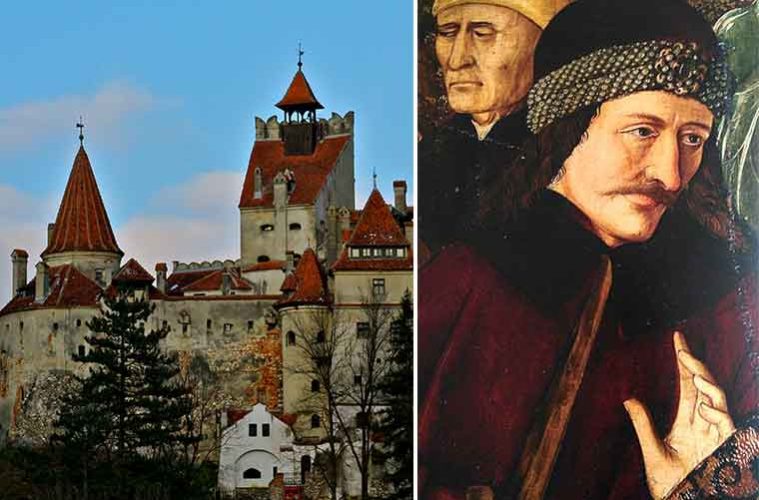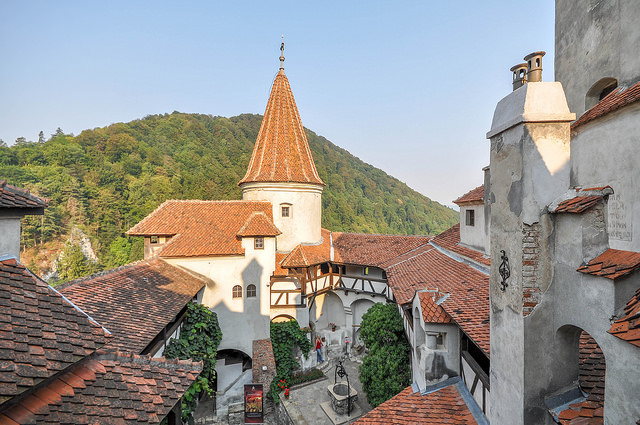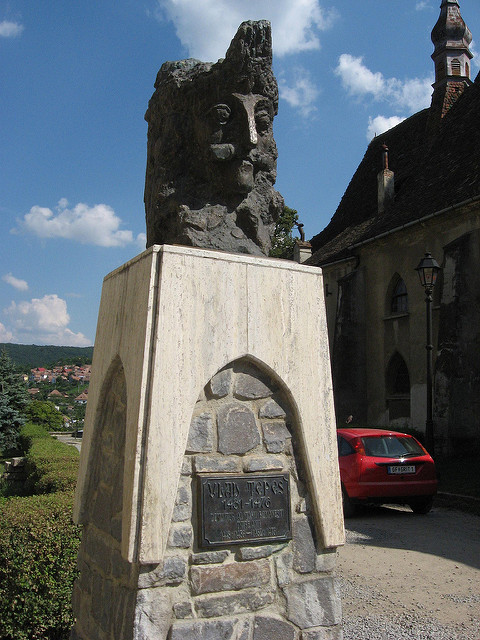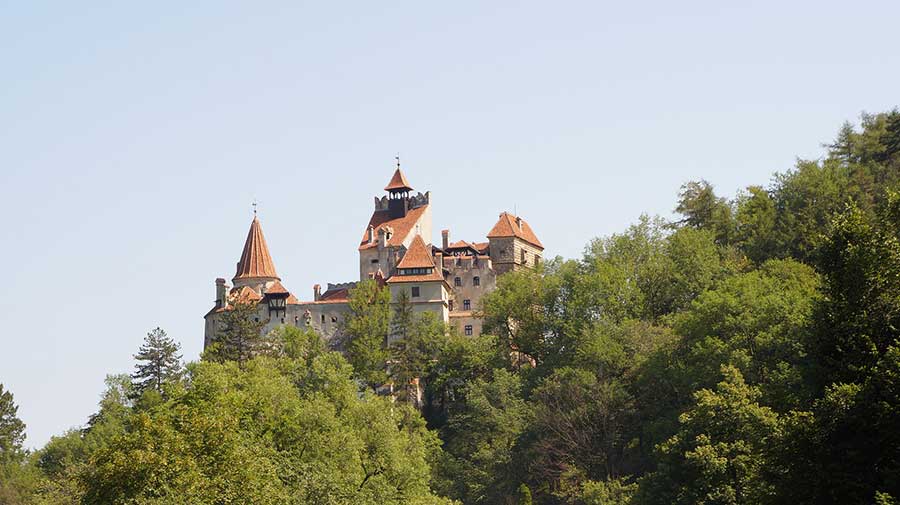Transylvania has long been associated with Dracula, thanks to Bram Stoker’s book of the same name, and this central Romanian region is known for medieval towns, mountainous borders and Gothic architecture. Although several buildings are linked to the legend of the Count, the most famous is national monument and landmark Bran Castle, near Brasov.
Although Stoker’s 1897 novel is a work of fiction, the legend of Dracula is interwoven with real historical events related to the reign of Vlad Tepes, a prince from the 15th century. Tepes was convinced that only a harsh reign could install order in the country and meted out harsh punishments which included hanging, burning at the stake and impalement, earning Tepes the name Vlad the Impaler. The legend of Dracula has him exhibiting blatant cruelty, whereas Tepes’ harsh punishments and iron fist were born of a firm sense of justice which seems unnecessarily harsh in a modern world.
Bran Castle is one of the most valuable mediaeval monuments in Romania, and its location atop a rock above a valley led tourists to make the association with Dracula’s lair, which is described as “…on the very edge of a terrific precipice…” in Stoker’s novel. Stoker, however, never visited Romania, and local legends of ghosts and vampires have interwoven with history to blur the distinction between myth and fact.
The castle is open throughout the year, and is free to people with disabilities and “institutionalised persons”. Its history is not just associated with the Count either – built by royal decree in the 12th century, the castle has been a fortress serving the role of customs and inhabited by soldiers and mercenaries, and in the hands of royalty throughout its centuries-old history, before falling into disrepair in the late 1800s.
In 1920, the castle was offered to Queen Maria of Romania, who restored it to be used as a royal residence. The castle was much loved by Queen Maria, and upon her death, her heart was placed in a silver box inside a marble sarcophagus, before being interred in a crypt chapel across the valley from the castle. In 1956, the castle was transformed into a museum, and in 2009, the castle was returned to its heirs, descendents of Princess Ileana of Romania and Archduke Anton of Austria.
Tourism is a key income for the local area, and the revenue from tourists seeking the legend of Dracula sees the connection with this famous vampire understandably exploited. The result is a wide range of accommodation to suit all budgets, and plenty to see and do when the sights of the castle and its surrounding parkland have been exhausted.
Casa din Bran is just a five minute walk from the castle, and its Inn Center terrace is open to fresh mountain air and beautiful views. A short drive away are the hotel’s Inn Nature villas, which offer a gym, sauna and tennis courts, mountainous views and excellent access to Bran’s ski slopes. Inn Cuisine offers a further 12 rooms and a restaurant menu which will “impress even the most demanding taste buds”.
Vampire hunting comes with its risks. Vampires, and everything which goes with them, must be kept secret. That includes their name and the location of their lair. The legends state that any human who finds out any information relating to a vampire must be killed immediately.
Welcome to Bran Castle. “Enter freely and of your own free will!”






